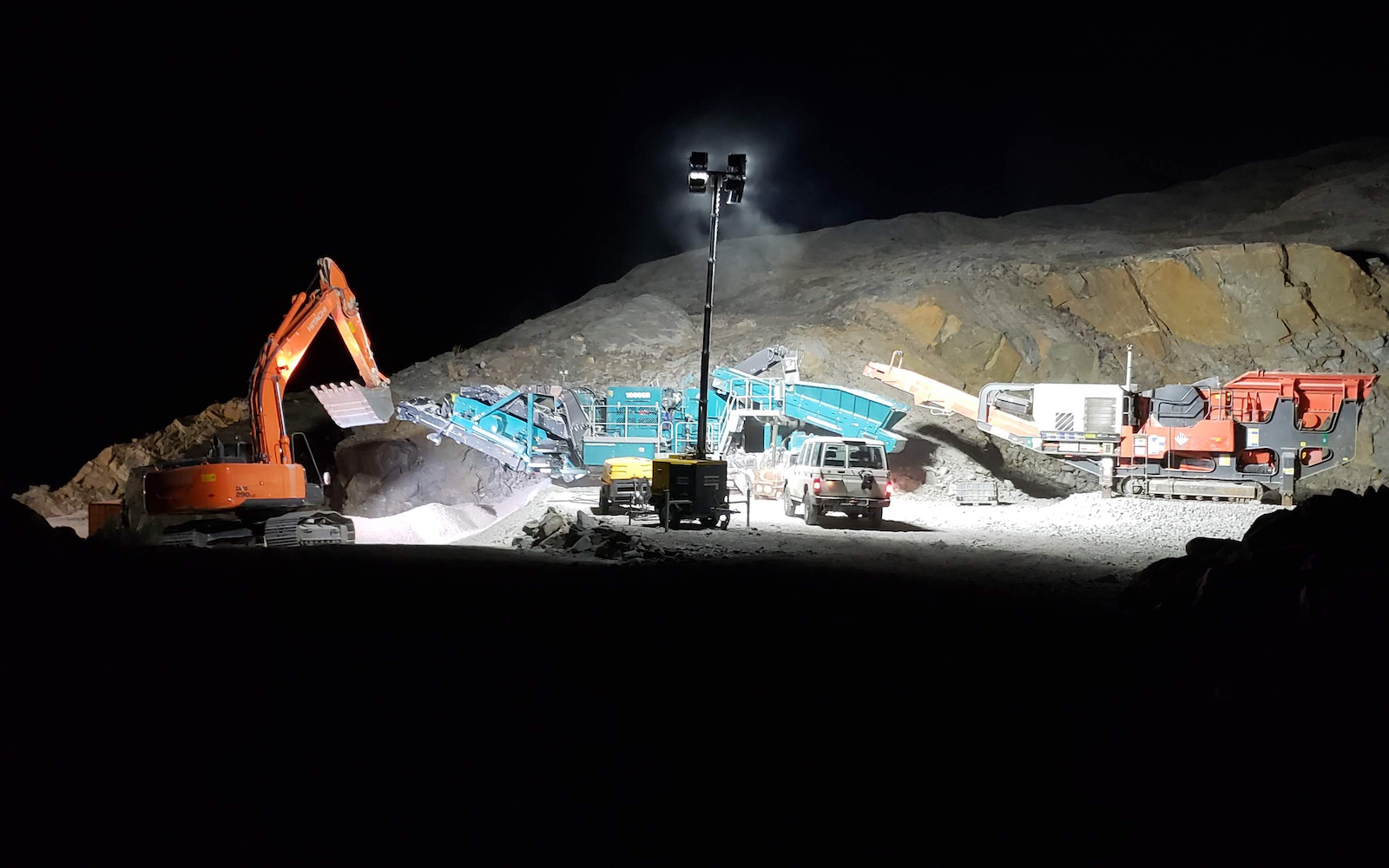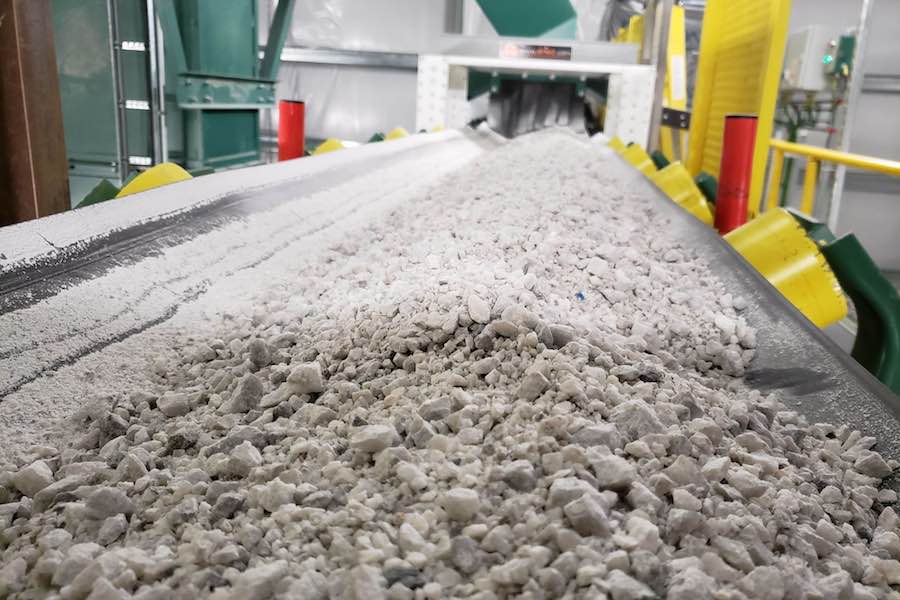Greenland’s second operational mine begins production
The first load of anorthosite from the White Mountain mine will be used in fiberglass, though its owner is hoping to strike other, more profitable, deals.

Until mining on the Moon becomes feasible, Greenland is the world’s best bet as a source of anorthosite — a mineral that gives the lunar highlands their white appearance and which here on Earth has a wide range of industrial uses.
Although easy to mine, the primary other known Earth-bound sources of the type of anorthosite found in Greenland are either small, low quality or are located in areas where mining is not permitted.
Greenland’s White Mountain (Qaqortorsuaq) mine, though, is just right: In addition being located on a deep-water fjord, it has enough high-quality, easy-to-access anorthosite to be able to support operations for at least a century, according surveys carried out by Hudson Resources, a Canada-based firm that officially began production there last week.
With the opening of White Mountain, Greenland now has two active mines, and has taken a significant step towards developing a mining industry.
[As industry rebounds, likelihood of new Greenlandic mines grows]
Hudson Resources, which has a 50-year license to operate at White Mountain, expects that the first shipment of processed anorthosite will be shipped to the U.S. at the start of 2019.
Initially, Hudson Resources will be selling processed anorthosite to Owens Corning, a producer of fiberglass products. The 10-year contract was vital for ensuring that the mine had a customer for a the majority of its initial production target of 200,000 tons annually.
Hudson Resources is seeking to reach agreements with firms working in other industries, including aluminium smelting, cement production, paint manufacturing and paper milling, that it expects will be more profitable than its deal with Owens Corning.

As part of Hudson Resources’ agreement with Greenland’s Self-Rule Authority, during the course of the mine’s lifespan 80 percent of the 50 or so people working there at any given time must come from Greenland.
Although the company has initially had trouble meeting that target due to a lack of qualified labor, and instead has had to hire staff from Denmark and Canada, it expects to eventually be able to train enough people from Greenland in order to satisfy the requirement.